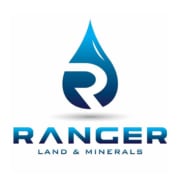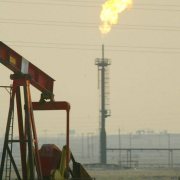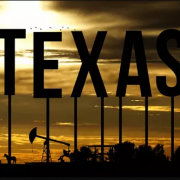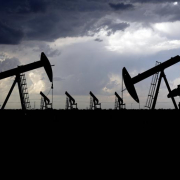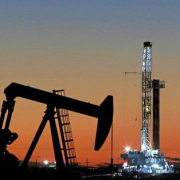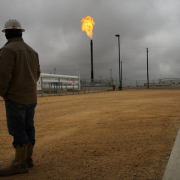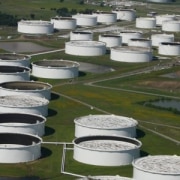Production taxes paid by the Texas oil and natural gas industry topped $10 billion in fiscal 2022. This is the highest amount the industry has paid in Texas history.
The fiscal record was reported after the industry has broken records nearly every month this year in both the number of jobs added and the record amount of taxes paid.
According to the most recent data published by the state comptroller’s office, production taxes paid by the oil and natural gas industry totaled $10.83 billion for fiscal 2022.
Both oil and natural gas production taxes exceeded the annual revenue estimate prepared earlier this summer by the comptroller’s office.
Oil production tax revenue was $6.36 billion, up 84.4% from fiscal 2021. Natural gas production tax revenue was $4.47 billion, up 185% from fiscal 2021. Both totals exceeded their projected estimates by over $134 million and $9 million, respectively.
The industry paid 88% more in 2022 than it did during its previous highest year in 2014.
The record amount of taxes paid by the oil and natural gas industry fund two key expenses: the Economic Stabilization Fund (Rainy Day Fund) and State Highway Fund. The Rainy Day Fund has been used to fund public K-12 and higher education needs, retired teachers, and state police funds, in addition to other services in Texas.
Click here to read the full article
Source: Santa Barbara News Press
If you have further questions about the topic, feel free to contact us here.

